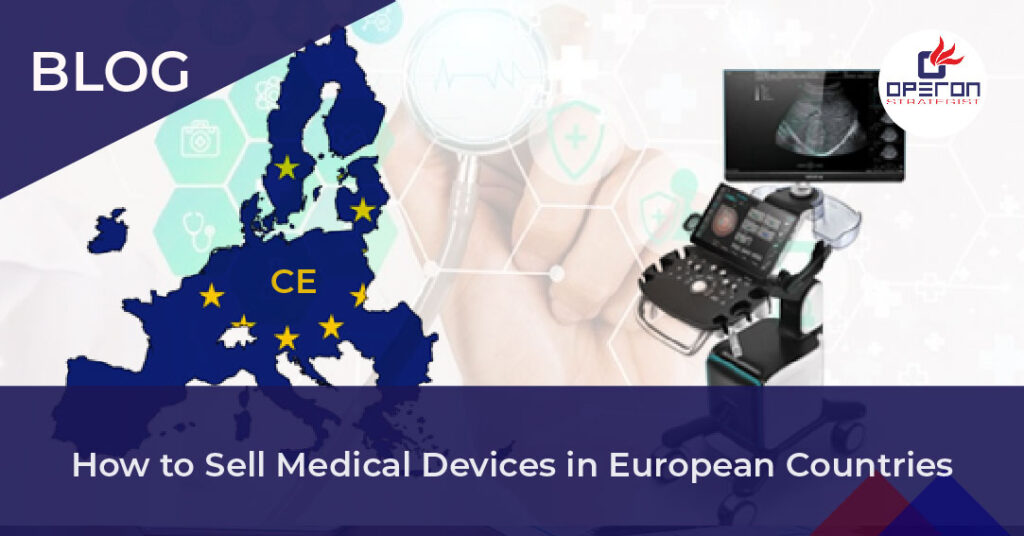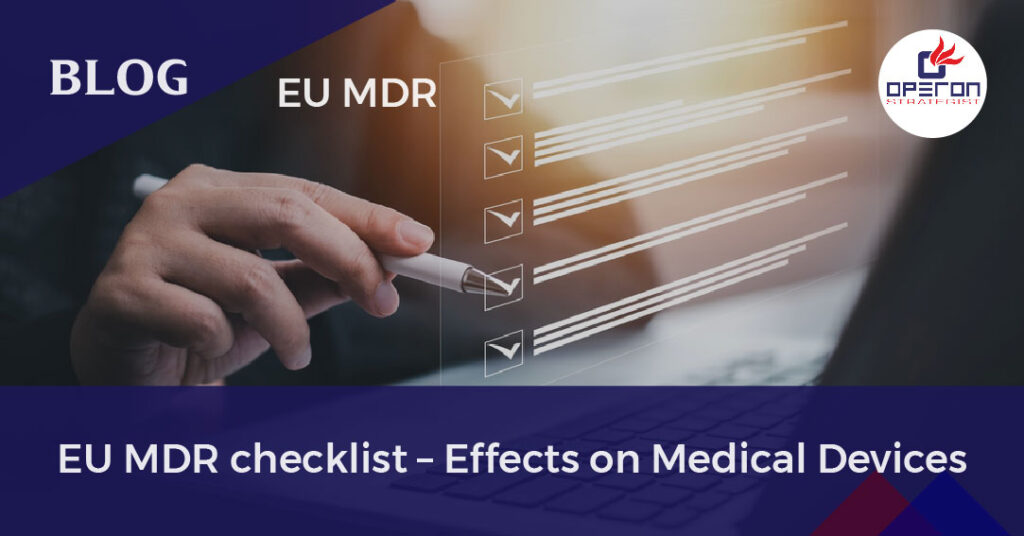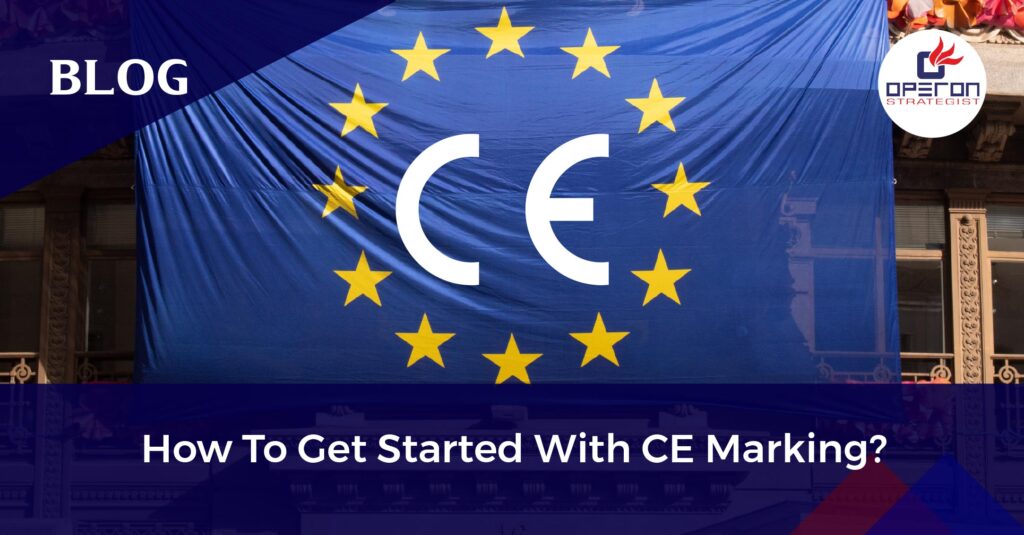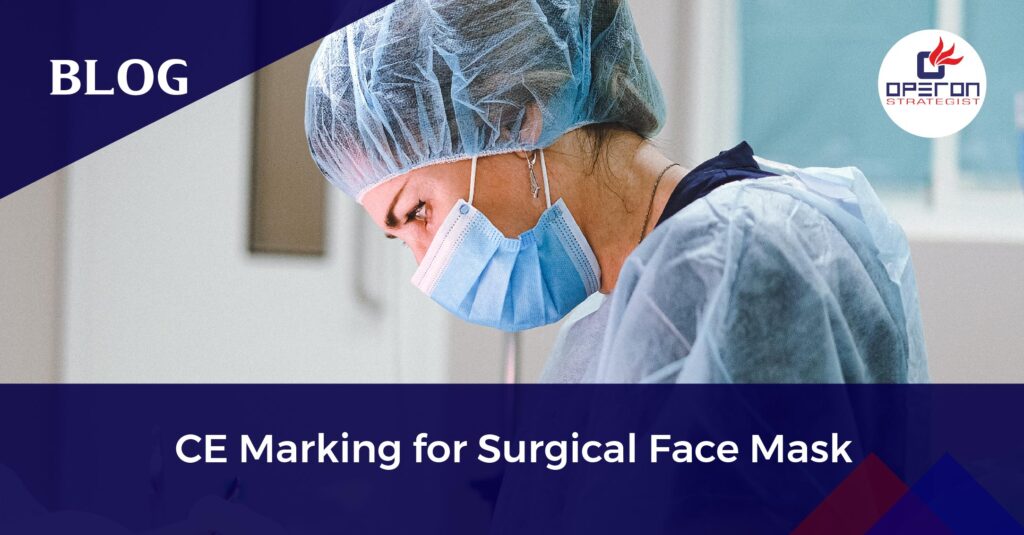Selling Medical Devices in Europe: An overview
Europe presents a valuable yet highly regulated market for medical device manufacturers. With the enforcement of the EU Medical Device Regulation (EU MDR) and In Vitro Diagnostic Regulation (EU IVDR), companies must navigate detailed compliance procedures to ensure their products meet strict regulatory standards. Whether you’re introducing a medical device or an IVD product, aligning with these frameworks is essential for successful market access.
In this blog, we’ll guide you through the essential steps to successfully launch and sell your medical devices in European countries.
Also Read: Explore Our CE Marking Services for Medical Devices – Your path to EU compliance starts here.
Looking For a Medical Device Regulatory Consultant?
Let’s have a word about your next project
Step 1: Determine if Your Product is a Medical Device or IVD.
Before anything else, the first step is to determine whether your product qualifies as a medical device under EU MDR or as an In Vitro Diagnostic Device under EU IVDR. This distinction affects the regulatory path you’ll follow.
Medical Device Definition
According to EU MDR, a medical device is any product intended for human use for:
- Diagnosis, prevention, monitoring, treatment, or alleviation of diseases or injuries.
- Investigation or modification of anatomy or physiological processes.
- Providing information through in vitro examination of human-derived specimens (excluding pharmacological, immunological, or metabolic actions).
Some borderline products, such as sterilizers or devices supporting conception, may also fall under this regulation. If your product fits this definition, it is a medical device; otherwise, it might fall under other regulatory frameworks, such as food supplements or general retail regulations.
In Vitro Diagnostic Device (IVD) Definition-
An IVD, as defined by EU IVDR, is used to examine specimens from the human body (such as blood or tissue) for diagnostic purposes, including detecting diseases, conditions, and physiological or pathological processes.
Once you determine whether your product is a medical device or IVD, you can move on to the next step.
Step 2: Identify Key Regulatory Requirements.
The next step is to identify the legal regulations governing your medical device or IVD. The most important regulations for medical devices are:
- EU MDR 2017/745: Applicable to all medical devices in the European market.
- EU IVDR 2017/746: Applies to IVD products.
In addition to EU-wide regulations, certain countries may have additional national laws or requirements. For example, Germany has specific requirements under the Medizinprodukte-Durchführungsgesetz (MPDG) for medical devices sold within its borders.
Key EU Directives:
- Machinery Directive 2006/42/EC (for devices with moving parts).
- RoHS Directive 2011/65/EU (restricts hazardous substances in electrical equipment).
Step 3: Define Regulatory Requirements for European Market Entry
This step involves several critical actions, including classifying your device, selecting a conformity assessment procedure, and ensuring compliance with applicable regulations.
Classify Your Medical Device
The risk classification of your medical device (Class I, IIa, IIb, III) or IVD (Class A, B, C, D) will dictate the requirements you must meet. Higher-risk devices (Class III) face more stringent requirements than low-risk devices (Class I).
Select a Conformity Assessment Procedure
For higher-risk devices, manufacturers must undergo a conformity assessment, often involving a Notified Body to verify compliance with EU MDR/IVDR standards.
Implement Quality Management System (QMS)
QMS is essential for ensuring the quality and safety of your device. For higher-risk devices, your QMS must be certified by a Notified Body under ISO 13485 standards.
Create Technical Documentation
Technical documentation includes information about the device’s design, safety, performance, and clinical data. This is necessary for the conformity assessment and ongoing regulatory compliance.
Conduct Clinical and Performance Evaluations
Manufacturers must provide clinical and performance evaluations to prove that their devices are safe and effective for their intended purposes.
Appoint a European Authorized Representative
If you are a non-EU manufacturer, you must appoint an authorized representative based in Europe to handle regulatory compliance, post-market surveillance, and incident reporting.
Step 4: Comply with Relevant Standards and Regulations
To demonstrate compliance with EU MDR/IVDR, manufacturers should adhere to recognized standards such as:
- ISO 13485: Quality management systems for medical devices.
- ISO 14971: Risk management for medical devices.
- IEC 60601: Standards for medical electrical equipment.
Using harmonized standards recognized by the EU helps demonstrate conformity with EU MDR requirements.
Step 5: Register and Launch Your Device
After meeting all regulatory requirements, you’re ready to launch your medical device on the European market. The steps include:
- Declaration of Conformity: A formal statement declaring your product’s compliance with EU MDR/IVDR.
- Register Your Company: Register as a medical device manufacturer in the European Database on Medical Devices (EUDAMED).
- Register Your Device: Ensure your device is registered in the relevant national medical device databases (such as BfArM in Germany) or on EUDAMED.
Step 6: Post-Market Surveillance and Vigilance
After your product is launched, ongoing vigilance is crucial. Manufacturers must monitor their products for safety, report adverse events, and conduct post-market surveillance to ensure continued compliance.
Key activities include:
- Post-market surveillance: Continuously monitor the device’s performance in real-world settings.
- Vigilance reporting: Report any incidents or malfunctions to the appropriate regulatory authorities.
Expert Help to Successfully Launch Your Medical Devices in Europe!
Conclusion
Selling medical devices in Europe requires a comprehensive understanding of the EU MDR and IVDR, as well as national regulations in specific countries. By following these steps—identifying your product’s classification, understanding applicable laws, and ensuring compliance with required standards—you can successfully navigate the complex regulatory landscape and bring your medical device to the European market.
If you’re unsure of how to comply with these regulations or need support, Operon Strategist can guide you through the process of achieving market entry and regulatory compliance for your medical devices. Contact us today for expert assistance.




